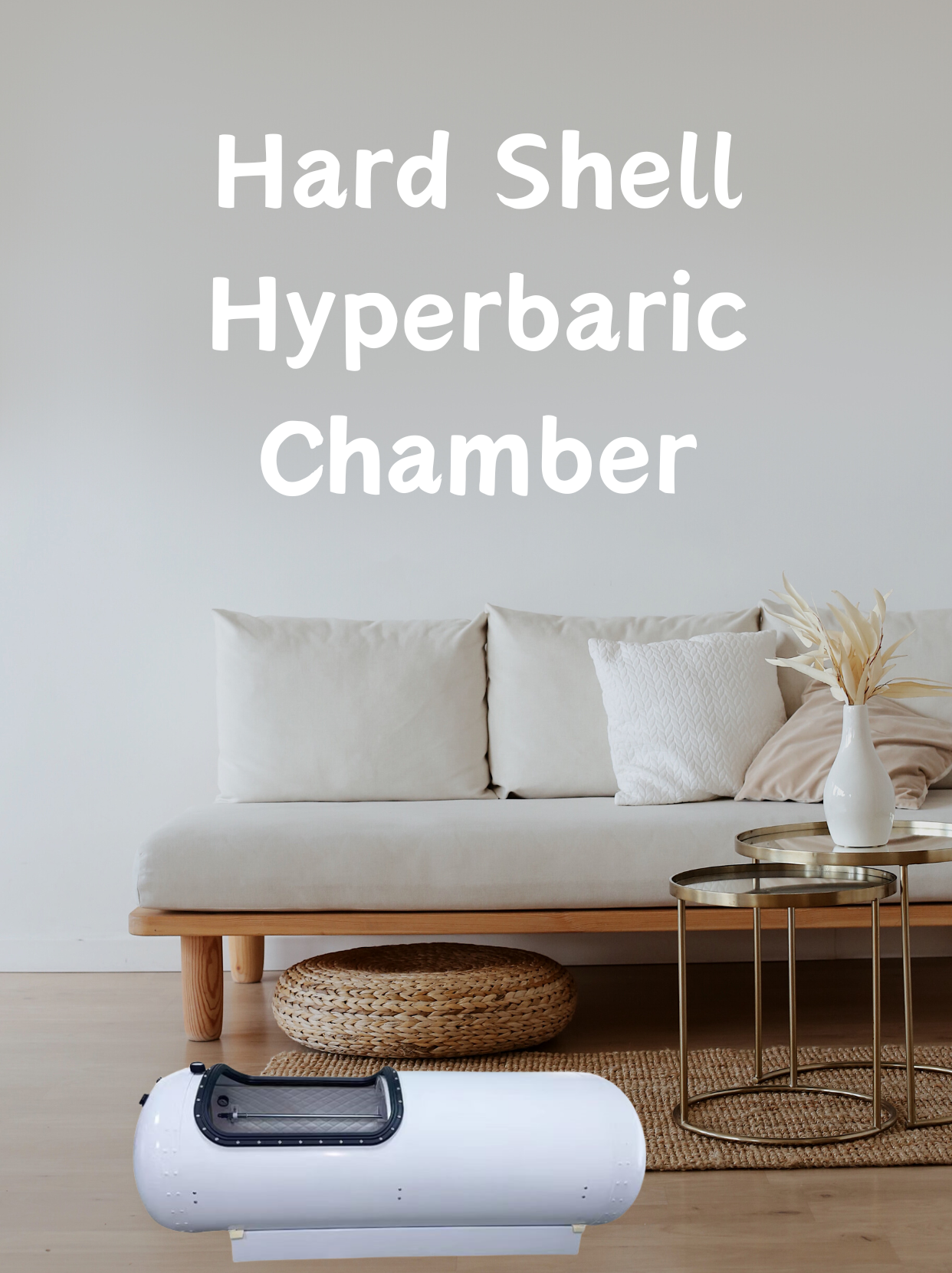Ink scar crack:
Fault phenomenon:
Thermoplastic packaging printing substrates such as PS, PMMA, ABS, PC, etc. often produce fine cracks on the ink surface after printing and finishing, often referred to as microcracking, or solvent cracking. In contrast, thermosetting substrates rarely suffer from this failure phenomenon. It is known that when the proper coupling or cross-linking can greatly improve the crack resistance, the simplest method is to add a thermosetting resin to the thermoplastic substrate system, or to add powdered carbon fiber powder to the ink and varnish system.
cause:
The causes of the cracks in the substrate or ink film and the varnish film are complex. There are not only a complete and convincing reason for the environment and temperature, but also the ability to dissolve the surface after contact with the polymer. Learn to explain it. However, this failure phenomenon is caused by at least the following reasons: (1) temperature; (2) contact of the polymer with the solvent; (3) solvent penetration into the polymer; (4) solvent swelling of the polymer surface layer; (5) Thermoplastic substrates (this refers only to plastics) lead to cracks due to synergistic effects of residual internal stresses and external stresses during the printing process. Most people nowadays think that it is an important reason for the surface cracking of plastic products after printing or polishing. It may be that the internal and external stresses of the product exist at the same time. This is the so-called critical cracking stress, or the relationship between the resistance to cracking of flexible packaging plastics and the ink, the cohesive energy of varnish, the type of solvent, and the solvent contact time in terms of temperature. When we look at the different dependence of PC on the temperature dependence of hexane, ethyl acetate, and o-cresol, the crack resistance of hexane will increase with temperature (15 to 60 °C). A sharp drop, while ethyl acetate is on the rise, but the change is often small. O-cresol has a lowest point at 3O oC, and then shows an upward trend. PMMA is resistant to xylene, diethyl ether, and chlorocarbon solvents. The cracking property will drop sharply with the increase of temperature, among which the most easily cracking is in ether, followed by xylene. The cracking of plastics and printing ink film on flexible packaging substrates is also related to the volatilization rate of solvents. The solvent volatilizes quickly and it is extremely prone to stress, which is prone to cracking. Therefore, high-boiling solvent and low-boiling solvent should be mixed and used, so that solvent balance in the volatilization process is also one of the effective ways to resist ink film cracking. For example, it is also a good idea to add 1-3 TM-27 coupling agents produced by Tianyang Chemical Factory in the ink or coating system. At present, the addition of a trace amount of polytetrafluoroethylene wax is also an effective method.
Countermeasures:
Packaging printing products In order to prevent the ink film or oil film cracks, should proceed from the following aspects: (1) Solvents, especially thinner materials, appropriate choice of solvent compatibility and volatility gradient equilibrium compatibility; (2) Select the appropriate printing or coating drying method , Special heating rate and temperature time, to minimize the stress generated during the drying process; (3) cooling or cooling the substrate before printing or coating, eliminating the residual internal stress in the flexible packaging plastic processing, to minimize the internal stress. In addition, in addition to the rigorous processing and production process, it is necessary to find suitable conditions for curing (cooling and cooling) through experiments, otherwise it is difficult to achieve the purpose of eliminating cracks.
Hunan Packaging Liu Jiaju

Family health management is gradually emerging, and hyperbaric oxygen chambers are also gradually entering the public's field of vision. Hyperbaric oxygen chambers can provide convenient home care for family members and improve their quality of life.
DOING hard shell Hyperbaric Oxygen Chamber provides an oxygen rich environment, which can increase the oxygen partial pressure and oxygen content in the human blood, promote cell metabolism, and alleviate symptoms of hypoxia. Meanwhile, sufficient oxygen helps promote tissue regeneration, thereby accelerating wound healing.
The oxygen production principle of DOING high-pressure oxygen chamber is molecular sieve oxygen production. Molecular sieve first compresses and filters the air, and then adsorbs nitrogen from the air under high temperature and pressure, leaving a high concentration of oxygen.
DOING hyperbaric oxygen cabin is equipped with two transparent observation windows, which are well lit and can provide a good visual experience for the personnel inside the cabin. There will be no shortage of light, and the cabin will not lack a sense of security for the personnel inside.
DOING high-pressure oxygen chamber is equipped with automatic and manual pressure relief valves. When the automatic pressure relief valve is not working or there is an emergency situation inside the chamber, the manual pressure relief valve can be used to manually reduce pressure and ensure safety.
Hard Shell Hyperbaric Chamber, Hard Shell Oxygen Chamber, Hard Hyperbaric Chamber, Hard Hyperbaric Oxygen Chamber
Danyang Doing Articles Co.,Ltd , https://www.doingarticles.com